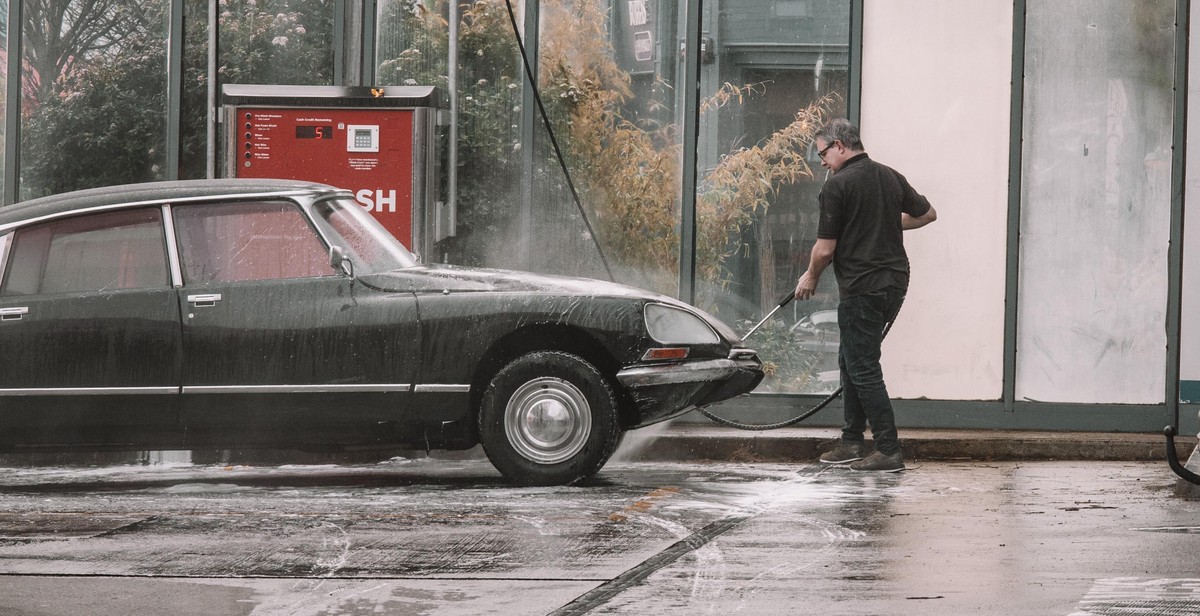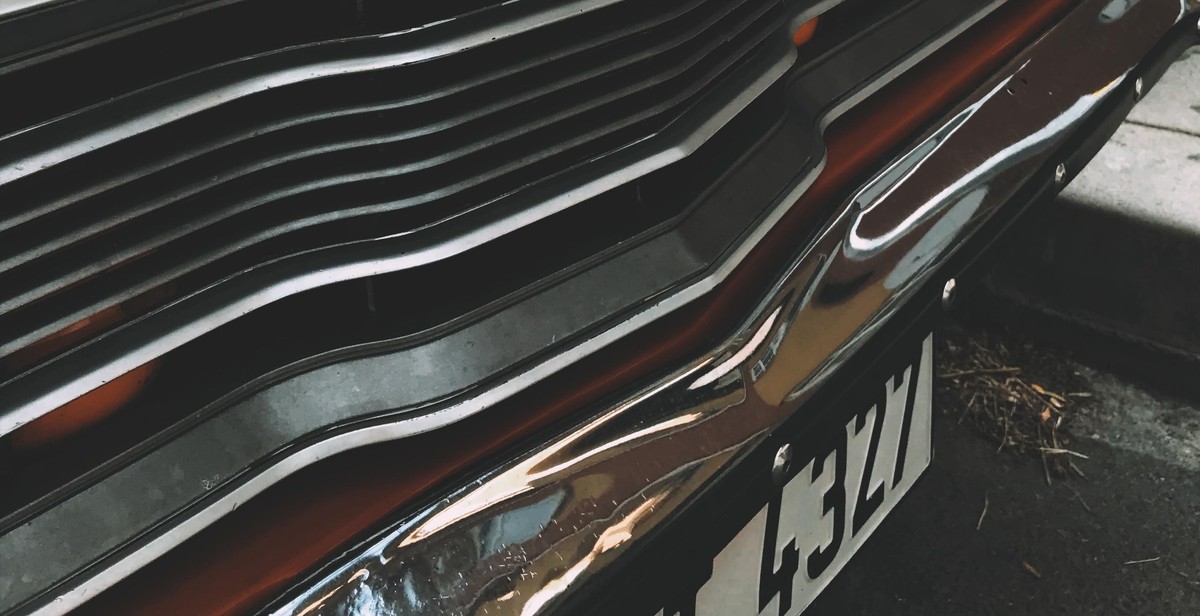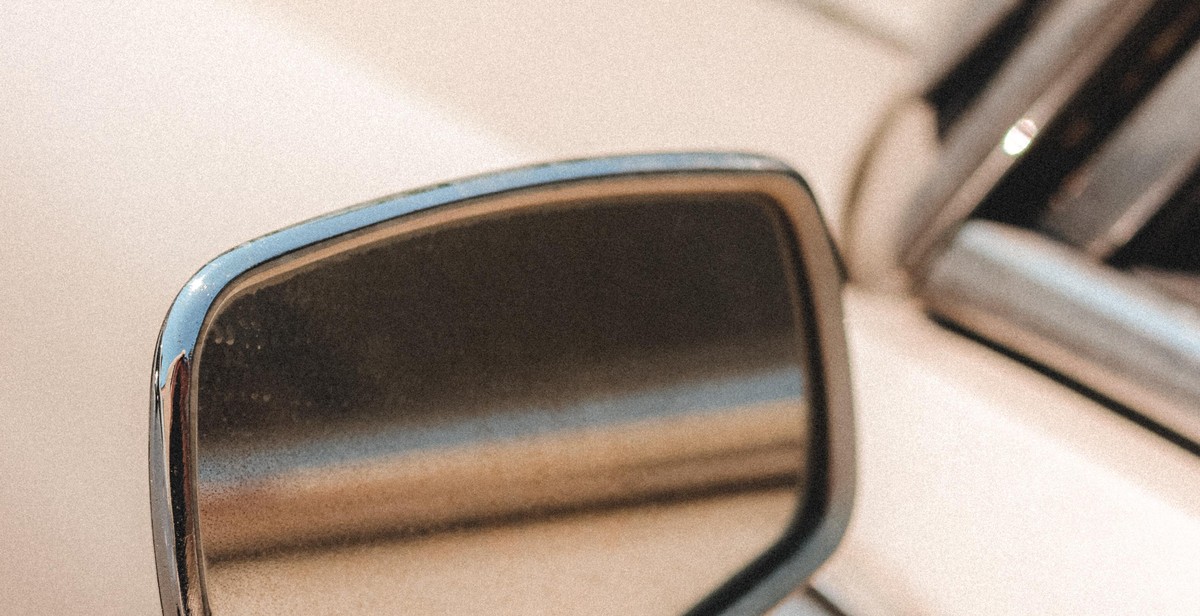Introduction: How to Properly Store and Preserve Vintage Car Parts
For car enthusiasts, vintage cars are a thing of beauty. The sleek lines, the powerful engines, and the nostalgia of a bygone era all make these cars a prized possession. However, vintage cars need special care and attention to keep them in top condition, and this includes the parts that make up the car.
Properly storing and preserving vintage car parts is essential to maintaining the integrity of the vehicle. These parts are often irreplaceable, and once they are damaged or destroyed, they cannot be easily replaced. Therefore, it is crucial to ensure that they are stored and preserved correctly.
The Importance of Proper Storage
Storing vintage car parts in the right way can prevent damage and deterioration over time. Exposure to moisture, extreme temperatures, and sunlight can all cause parts to rust, crack, or warp. Proper storage can also prevent parts from becoming lost or damaged, which can be costly to replace.
The Benefits of Preservation
Preserving vintage car parts can help maintain their original condition and extend their lifespan. This can be achieved through proper cleaning, lubrication, and protection from the elements. Preserving parts can also enhance the value of a vintage car, making it more desirable to collectors and enthusiasts.
Overall, properly storing and preserving vintage car parts is essential for maintaining the integrity of these unique and valuable vehicles. By following the right techniques and methods, car enthusiasts can ensure that their vintage cars remain in top condition for years to come.
Why Proper Storage and Preservation is Important
Proper storage and preservation of vintage car parts is crucial for several reasons. Firstly, it helps prevent damage and decay of the parts, ensuring their longevity. Secondly, it helps maintain their value, which is especially important for those who collect or sell vintage car parts.
Preventing Damage and Decay
Vintage car parts are often made of materials that are susceptible to damage and decay over time. Exposure to moisture, heat, and sunlight can cause rust, corrosion, and other forms of damage. Proper storage and preservation can prevent these issues from occurring.
One of the most important things to consider when storing vintage car parts is the environment in which they are kept. Parts should be stored in a dry, cool, and dark place to prevent moisture and heat from causing damage. It is also important to keep parts away from direct sunlight, as UV rays can cause fading and cracking of materials.
In addition to environmental factors, proper handling is also crucial for preventing damage and decay. Parts should be cleaned and dried before storage to remove any dirt or debris that may cause damage over time. They should also be handled with care to prevent scratches, dents, or other forms of physical damage.
Maintaining Value
Proper storage and preservation can also help maintain the value of vintage car parts. Collectors and sellers often place a high value on parts that are in good condition and have been well-preserved over time. By taking the necessary steps to properly store and preserve vintage car parts, owners can ensure that their parts retain their value and are more desirable to potential buyers.
Furthermore, proper storage and preservation can also help prevent the need for costly repairs or replacements down the line. By taking care of vintage car parts now, owners can avoid the need for expensive repairs or replacements in the future, saving them both time and money.
Overall, proper storage and preservation are essential for anyone who owns or collects vintage car parts. By taking the necessary steps to prevent damage and decay and maintain value, owners can ensure that their parts last for years to come.

Preparing for Storage
Before storing your vintage car parts, it is important to take the necessary steps to ensure that they are properly cleaned, dismantled, labeled, and stored in the appropriate containers. This will help to preserve the parts and prevent any damage or deterioration that may occur over time.
Cleaning the Parts
The first step in preparing your vintage car parts for storage is to clean them thoroughly. This includes removing any dirt, grease, or grime that may have accumulated on the parts over time. You can use a degreaser or solvent to clean the parts, but be sure to follow the manufacturer’s instructions and wear protective gloves and eyewear.
Once the parts are clean, you should dry them thoroughly to prevent any moisture from causing rust or corrosion. You can use a clean towel or compressed air to dry the parts, but be sure to remove any excess moisture.
Dismantling and Labeling
After cleaning the parts, you should dismantle them carefully and label each part. This will help you to identify the parts later on when you need to reassemble them. You can use a labeling system that includes a description of the part, the date it was removed, and any other relevant information.
Be sure to keep all the parts together in one place to prevent any loss or confusion. You can use plastic bags or containers to store the parts, but be sure to label each bag or container.
Choosing the Right Containers
The next step is to choose the right containers to store your vintage car parts. You should choose containers that are durable, airtight, and moisture-resistant. Plastic containers are a good choice because they are lightweight and easy to stack.
Be sure to choose containers that are the right size for your parts and that have enough room to allow for air circulation. You can use foam or bubble wrap to cushion the parts and prevent any damage during storage.
Finally, be sure to store the containers in a cool, dry place that is free from moisture and humidity. This will help to prevent any damage or deterioration to your vintage car parts.

Storage Environment
Creating the proper storage environment for vintage car parts is crucial to their preservation. The following factors should be considered:
Temperature and Humidity Control
Temperature and humidity control are essential in preventing rust and corrosion. A constant temperature of around 60-70°F (15-21°C) and a humidity level of 40-50% are ideal. A temperature that is too high can cause parts to warp or melt, while a temperature that is too low can cause parts to crack or become brittle. High humidity levels can cause rust and corrosion, while low humidity levels can cause parts to dry out and become brittle.
Protection from Sunlight and Moisture
Exposure to sunlight and moisture can cause damage to vintage car parts. Sunlight can cause parts to fade or discolor, while moisture can cause rust and corrosion. To protect parts from sunlight, they should be stored in a dark, dry place. To protect parts from moisture, they should be stored in an area with low humidity or in airtight containers with desiccants to absorb moisture.
Ventilation
Ventilation is important in preventing the buildup of moisture and condensation. Parts should be stored in a well-ventilated area to allow for air circulation. However, the storage area should not be too drafty, as this can cause temperature fluctuations.
| Factor | Ideal Requirement | Reason |
|---|---|---|
| Temperature | 60-70°F (15-21°C) | Prevents warping, melting, cracking, and brittleness |
| Humidity | 40-50% | Prevents rust, corrosion, and dryness |
| Sunlight | Dark, dry place | Prevents fading and discoloration |
| Moisture | Low humidity or airtight containers with desiccants | Prevents rust and corrosion |
| Ventilation | Well-ventilated area | Prevents moisture buildup and condensation |
By following these guidelines, vintage car parts can be stored properly and preserved for future use.

Preservation Techniques
When it comes to storing and preserving vintage car parts, it’s important to take certain measures to ensure their longevity. Here are some preservation techniques to consider:
Rust Prevention
Rust is a major enemy of vintage car parts and can cause irreversible damage. To prevent rust, it’s important to keep the parts dry and free from moisture. One way to do this is by applying a rust inhibitor or protective coating to the parts. Additionally, storing the parts in a climate-controlled environment with low humidity can also help prevent rust.
Lubrication
Proper lubrication is essential for preserving vintage car parts, especially those that move or have moving parts. Before storing the parts, it’s important to lubricate them with a high-quality oil or grease. This will help prevent corrosion and keep the parts functioning properly.
Use of Desiccants
Desiccants are materials that absorb moisture from the air and can help prevent rust and corrosion. Silica gel packets, for example, are commonly used as desiccants and can be placed inside storage containers or bags with the parts. This will help keep the parts dry and free from moisture.
Sealing and Wrapping
Sealing and wrapping vintage car parts can also help prevent moisture and rust. Plastic wrap or bags can be used to seal the parts, and then wrapped with a layer of bubble wrap or foam for added protection. Additionally, vacuum sealing can be used for long-term storage of smaller parts.
Conclusion
By following these preservation techniques, vintage car parts can be stored and preserved for years to come. Rust prevention, proper lubrication, use of desiccants, and sealing and wrapping are all important measures to take when storing and preserving these valuable parts.
Conclusion
Properly storing and preserving vintage car parts is essential for maintaining their quality and value. By following the tips and techniques outlined in this article, you can ensure that your vintage car parts remain in top condition for years to come.
Key Takeaways
- Store vintage car parts in a cool, dry, and dark place to prevent damage from moisture, heat, and sunlight.
- Wrap and pack parts carefully to prevent scratches, dents, and other forms of damage.
- Use appropriate cleaning and preservation techniques to protect parts from rust and other forms of corrosion.
- Label and organize parts to make it easy to find and retrieve them when needed.
- Consider investing in specialized storage solutions, such as cabinets, shelving, and bins, to keep parts organized and easily accessible.
Remember, vintage car parts are valuable and irreplaceable treasures that deserve proper care and attention. By taking the time to store and preserve them correctly, you can ensure that they continue to delight and inspire for generations to come.
